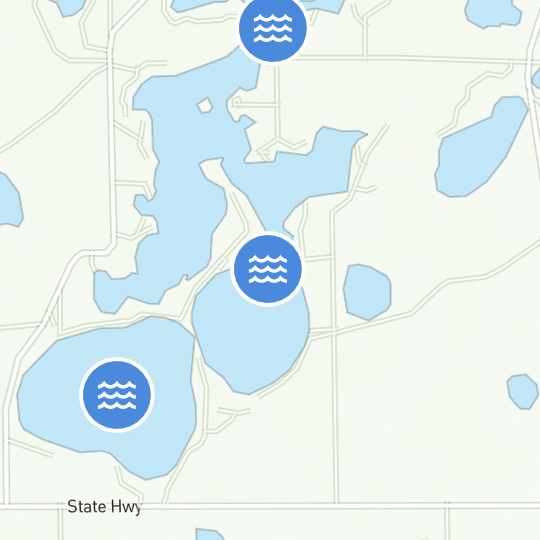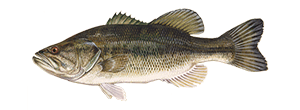Haul Casting Techniques
Learn more about haul casting techniques. Advantages and disadvantages of different fly fishing haul casting styles including the water haul cast, double haul cast, and triple haul cast.
Fly Fishing Haul Casting Techniques
These are the different types of haul casting techniques you can use the next time you go fly fishing.
Water Haul Casting
The water haul is a type of haul casting (aka single haul fly casting) often used in windy conditions to increase the velocity behind your cast to enable it to go further and with more accuracy. Follow these steps:
- Allow your back cast to fall onto the water momentarily behind you before making your forward cast and the second haul.
- As the forward cast resumes, the tension of the fly line being pulled off the water puts more load into the fly rod. The forward cast then shoots out with extra speed as the compressed rod straightens out at the end of the forward stroke.
- Don't allow a weighted fly to sit on the water for more than a moment or it will sink too deep to allow you to snap the line back off the water.
The extra weight of the water on the line may also help propel and turn the line over in the wind. (Ordinarily most of the water would be snapped off the line as the aerial back cast turns over.) You can use this technique when you cast into the wind or across it. Some fly fishing anglers use it when they cast backward to fight wind from the casting-arm side. It is an inherently low cast and a little risky to use in a wind from your casting-arm side, unless you do it backward or switch casting arms.
Double Haul Fly Fishing
The double haul is well known in fly fishing haul casting as a distance and wind-casting technique. Follow these steps:
- Start with the fly line out on the water in front of you.
- Begin the back cast with the fly rod tip near the water, all slack taken in, and the fly line hand gripping the fly line near the stripping guide.
- Sweep the fly rod back powerfully to the one o'clock position, while at the same time hauling (pulling down quickly) with the fly line hand. This accelerates your back cast and helps lift the fly line off the water. You want to propel your back cast at a higher angle and with more force and speed than usual.
- Add some "body English" for extra power-stroke extension.
- As your back cast straightens behind you, let your fly line hand drift back to near the stripping guide.
- At the straightening of your back cast you want to be leaning back a bit - more body English - to lengthen the power stroke of your upcoming forward cast. It helps to sometimes watch your back cast to see if you're attaining enough altitude and power to straighten your back cast in the wind and to see how to adjust to improve your timing.
- Your forward cast should take you from a leaning-back starting position to a leaning-forward final delivery. As you begin coming forward, "haul" down again with your fly line hand forcefully, and then immediately position it back up near the stripping guide.
- The very last motion of your forward cast should be accented by a strong wrist thrust, driving the fly line out on a high-speed trajectory. Your fly rod should be heavily loaded, applying every bit of power advantage graphite offers prior to the final delivery.
If you are fly casting short to medium distances into a head wind, the forward cast should be low, just over the water where there is less wind resistance. If you are casting longer distances, or with a tail wind, the forward cast should be angled upward.
Triple-Haul Cast
The triple haul is everything you did in the double-haul, plus this extra step.
As your fly line begins to unfurl in front of you, haul back once more with your line hand. Do this just after your second haul. Remember that just as you completed your second haul, you again positioned your fly line hand near the stripping guide in preparation for this. The third haul will speed up your final presentation and force the fly line to turn over abruptly, helping to land the fly on target. Without this third haul, your fly line may extend properly, but it will blow off target as it turns over. The third haul then is used to force the fly quickly down to the water before it can get blown off target. This is where triple haul casting comes in handy, especially with the air-resistant dry flies.
Content courtesy of Fly Fisherman Magazine.
KEEP LEARNING

How to Tie the Non-Slip Loop Knot
The non-slip loop knot is a popular and reliable choice for securing hooks, lures, and other tackle to your fishing line.
LEARN MORE

Socials
Take me fishing social media links
LEARN MORE

TakeMeFishing x Teen Vogue
Join us on a creative journey as fashion designer Ahmrii Johnson walks us through her collaborative vision and process with Teen Vogue and fashion brand, Rentrayage, to create a special piece.
LEARN MORE


.png?lang=en-US&ext=.png)